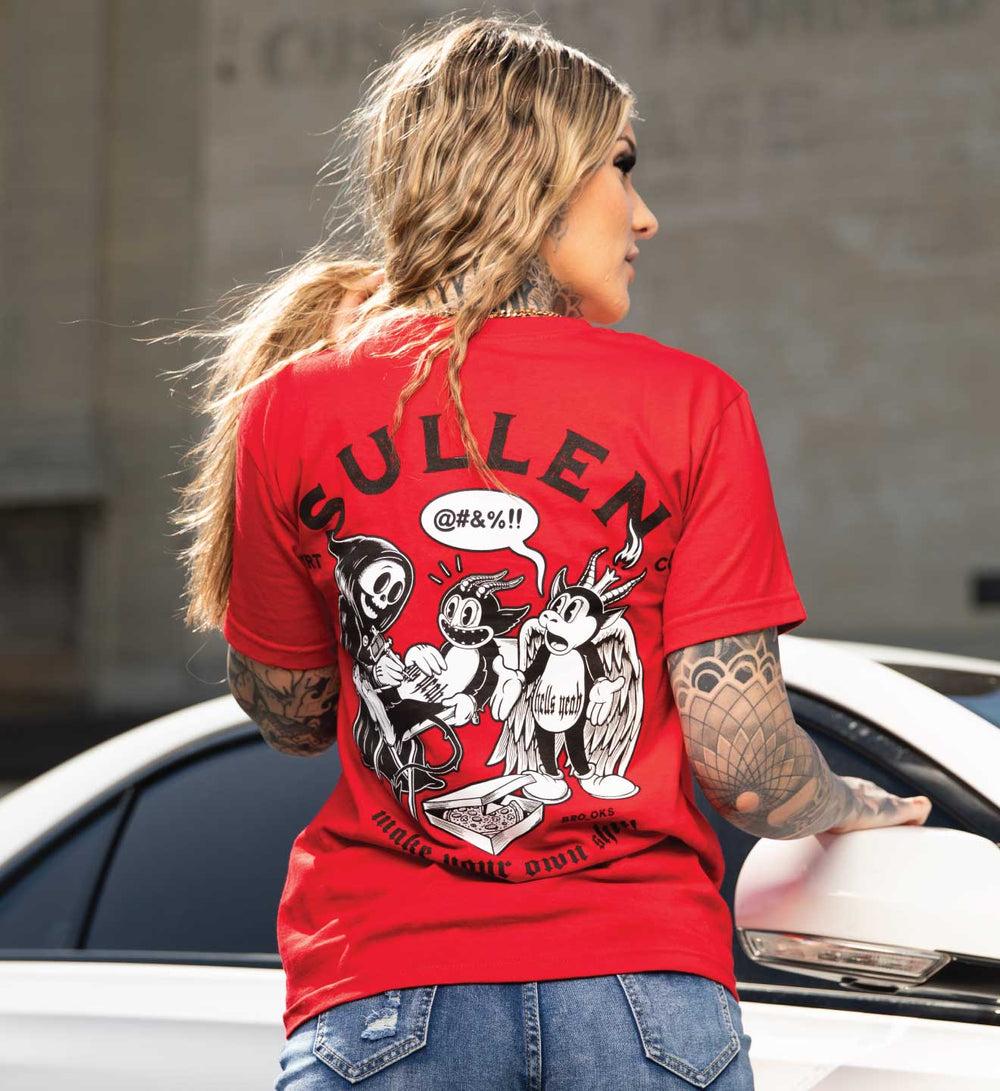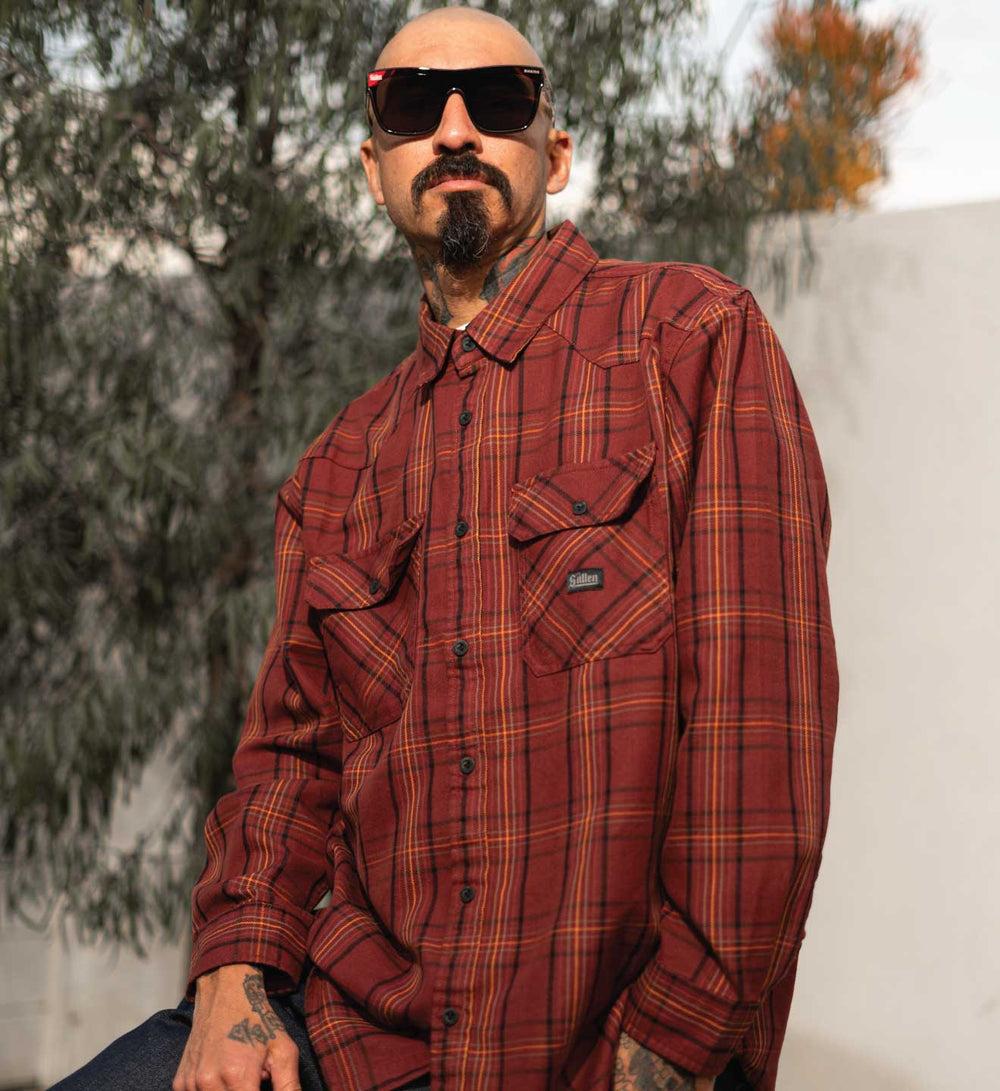
Essential Tips for New Ink

So you’ve finally committed to getting your very first tattoo. Or maybe you’re already an inked-up chair veteran looking to add something new to your body art collection. What next?
To help you turn that inspirational Instagram bookmark or Pinterest pin into the perfect tattoo, we’ve compiled all our best tips on how to prepare for your first tattoo. This includes what to do before getting a tattoo, tattoo aftercare, and everything else we wish we had known before we sat down in that chair the first time.
Before picking a tattoo artist, it’s good to think long-term about tattoos and your body. If you just want a few small tattoos, then the decision becomes easier, but even then keep in mind that if you choose to get a sleeve tattoo later, having a small butterfly tattoo in the middle of your forearm will definitely make designing a sleeve harder. Many times, it will also show through the next tattoo you get in the future. It’s a good idea to try to plan out your tattoos as if you are 40 and how you’ll want your body to look then. That way, you won’t run into the dreaded patchwork look of someone who didn’t think ahead.
Step 1: Picking a Tattoo Artist
Choosing the right artist for your first, or fifteenth, tattoo can make or break your entire experience. We know you’ve probably already heard the horror stories yourself, but how do you avoid them?
First, make sure you read as many artist reviews as possible. Don’t just focus on the overall rating for that tattoo artist online. Dive into the specific comments and make sure that they are qualified to pull off the kind of artwork you’re looking for.
Another one of our first tattoo tips is to choose an artist you feel you can trust and have fun with. If you like the artist you’re working with, chances are you’ll like the inking process and result too.
Last, you want to try to find an artist who specializes in the style of tattoo you want. Don’t ask a black and gray artist for a color portrait or a lettering artist for a black and gray realism piece. Make sure you choose the right style of tattooer for the tattoo you want. Some artists specialize in large-scale work or micro tattoos, which is another thing to consider before getting a tattoo.
Step 2: Making the Appointment
Depending on the artist and artwork you’ve chosen, you may need to come in for a consultation before setting a date for the tattooing to start. Either way, once you’ve made your first appointment, try to settle on the things you’d like to discuss with the artist, including:
- The design you have in mind: Be as specific as possible about the design you want. Decide whether you want color or not, find a few reference pictures for your artist to work off, and list or even draw out any specific elements you want to include.
- Size and placement of the tattoo: Decide on the placement of the tattoo first before considering the size. Often, the location of the tattoo limits how big or small you can go, and your tattoo artist should advise you on this before you make a final decision.
- The dates and times you have available for the work to be done: Depending on the size and complexity of the design, you may need more than one session to complete it.
- Also be ready to drop a deposit, as most tattooers who demand a long wait will require a deposit for their appointments, which typically cost between $100 to $500 and are non-refundable.
Step 3: Preparing for Your Appointment
You’ll need to liaise with your tattoo artist as they create the outline of the tattoo design they’re going to use. Make sure to get all your questions answered, feedback given, and changes done before you go in for the appointment, as changing a design mid-tattoo may not be possible.
On the day of the appointment, try to get a good night’s sleep, eat a light meal, drink plenty of water, and pack some snacks if your session lasts for more than an hour. A good workout one to two hours before a tattoo will also help relax you when it’s time to sit in the chair.
Once you arrive, you’ll need to fill out some consent forms and provide proof of ID before the artist can get to work.
Step 4: Aftercare
Once your tattoo is done, the artist will cover it up with plastic wrap or a clear medical bandage. This is to keep the open skin clean and prevent infection as it heals. Your artist will provide you with their detailed aftercare instructions. Follow them carefully.
The first few weeks after getting a new tattoo can make a big difference in the way it heals and ages. Some basic guidelines include:
- Avoid soaking it in water through swimming or taking a bath until the skin has healed.
- Keep it out of the sun as much as possible or wear a high-SPF sunscreen.
- Do not scratch or rub the area while it’s healing, as this can dislodge the ink particles and cause leaking.

Rep Your Ink with Sullen
We know how hard it can be to keep your new tattoo covered up while it heals when all you want to do is show it off to the world. That’s why, at Sullen, we’ve designed a stunning collection of tattoo-inspired clothing to give you your ink fix while you wait. Our loose-fitting graphic tees, oversized hoodies, and bold accessories will show off your love for authentic tattoo designs even when you need to keep your skin’s ink out of the sun.
Check out our website for our full range of clothing that shows off iconic designs from real tattoo artists.









































